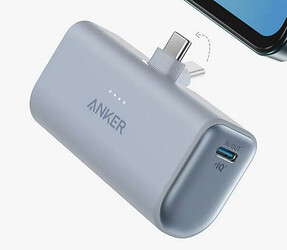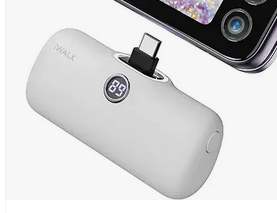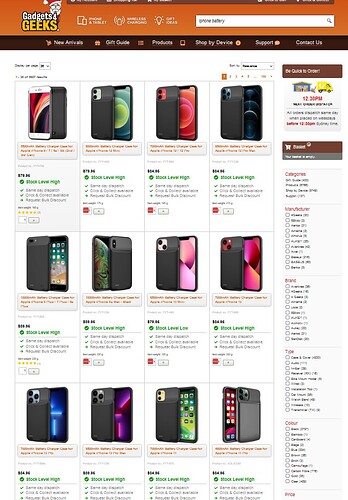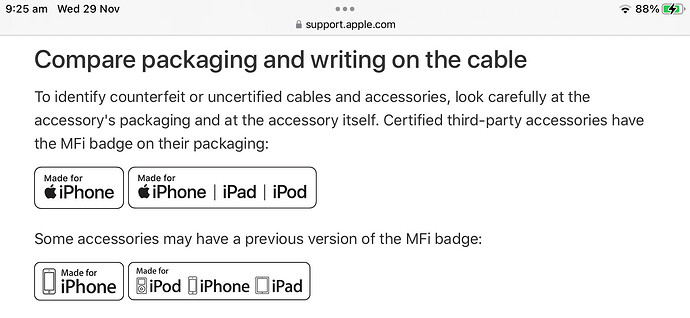No. What I am saying is if a phone or tyre has excessive force applied to it, it will fail or be damaged.
If the Pulse Charger connection broke through normal use, that being dangling under the phone when making a call, it would clear cut as being poor design or a faulty product under the ACL. But we aren’t talking about normal use. We are talking about damage caused by a bag strap catching on the device/phone when a bag was lifted.
From the information provided, a force was applied to the phone/Pulse Charger. This force possibly could be considered excessive as when one lifts a bag, usually they aren’t lifted slowly and carefully.
Should the connector be able to survive the excessive force applied. I don’t know and no one within the community would be able to say it should as we don’t know what force was applied or the design strength of the connector.
What we do know is that excessive force was applied which caused the connector to break. The balance of probability, without other information, indicates that it is the force applied which is the issue and most likely cause the connector to fail.
This is supported by the fact that there hasn’t been online reviews of the product indicating that it is a common point of failure through normal use. Yes, it is a relatively new product on the market, but being advertised on TV as a ‘seen on TV product’ there would likely have been good sales and opportunity for others to provide feedback on the quality of the device.
If we compare it to say a phone. Manufactures often state that screen damage isn’t covered by warranty. If a phone was being used and the screen broke for no reason, one would conclude that the phone was or poor design or there was a fault with the product.
If one was using the phone and dropped it, and the screen broke, would one expect that the screen should be covered by warranty. One could try and argue that a phone screen dropped from say 1.5-2m metre should be covered as it is the normal height of use. But, dropping a phone isn’t normal use and why it is excluded under warranties and could be considered ‘misuse’ under the ACL.
Likewise with the Pulse Charger, the damage wasn’t caused by normal use and because of this, it would most likely be classed as ‘misuse’ under the ACL.
If in the future there were online reviews or a product test by a reputable organisation that indicated that the product was of poor design or the connector was extreme weak, then the probability shifts toward the product being faulty of poor design and one might be able to argue that they believe that the force exerted on the connector wasn’t excessive and the connector shouldn’t have broken. This isn’t the case where we are today.





